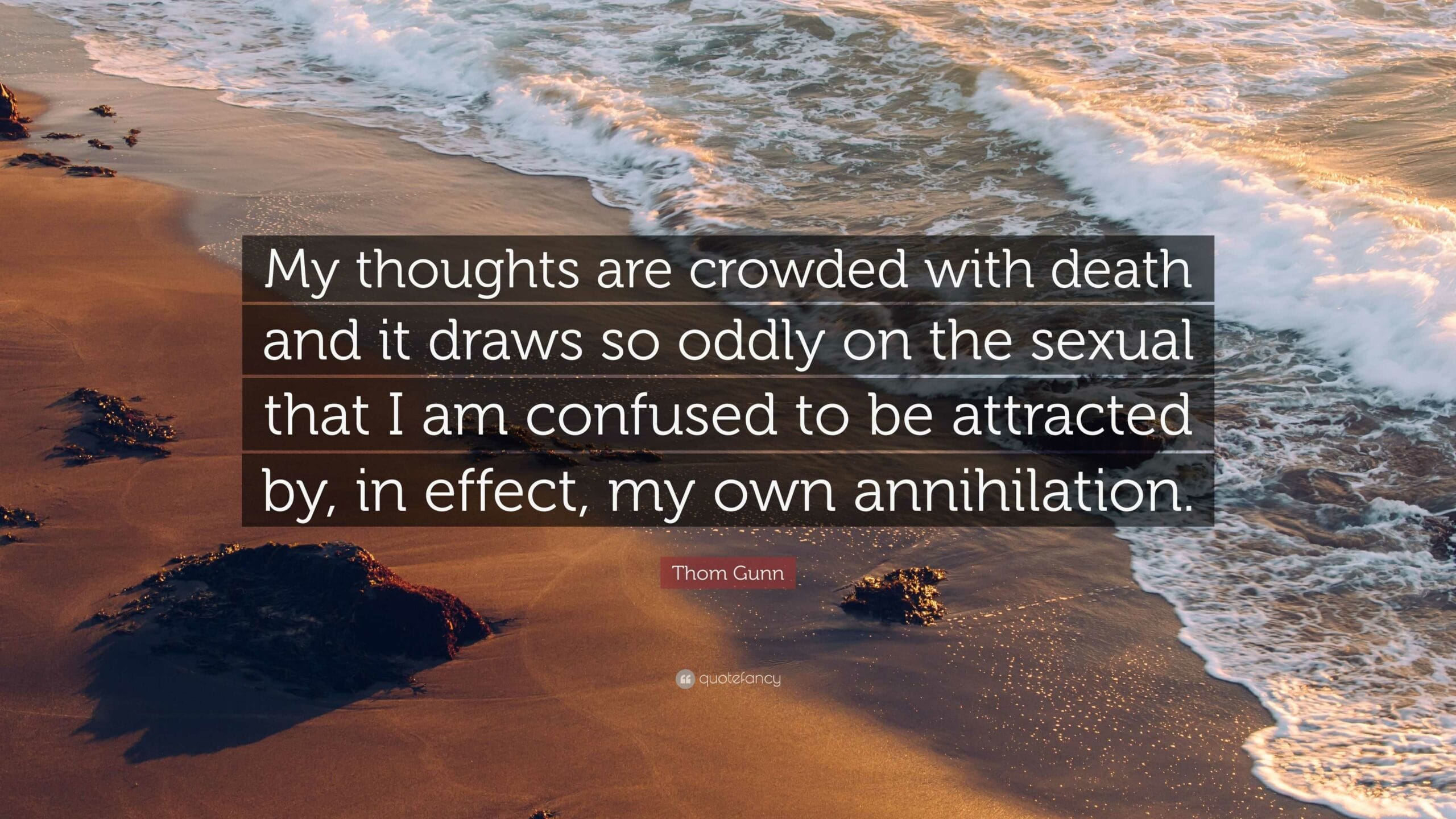Get ready for a chilling look at Jon Krakauer’s “Into Thin Air.” We’re diving deep into this gripping account to understand how overcrowding transforms Mount Everest from a challenging climb into a deadly trap. Krakauer’s words expose the ethical dilemmas, human frailties, and hidden dangers lurking on the slopes of the world’s highest peak, offering a sobering perspective on the allure and risks of mountaineering.
The Perilous Price of Popularity: Overcrowding on Everest
“Into Thin Air” isn’t just an adventure story; it’s a stark reminder of what happens when Everest becomes too crowded. Through the experiences of those on the 1996 expedition, Krakauer reveals the dangers of this trend, forcing us to confront the mountain’s brutal reality.
When Inexperience Turns Fatal
On Everest, determination alone isn’t enough. As veteran guide Rob Hall chillingly observes, “With enough determination, any bloody idiot can get up this hill.” This quote underscores a dangerous misconception: that sheer willpower can overcome the mountain’s objective hazards. Krakauer reveals how the influx of inexperienced climbers, often driven by the prestige of summiting Everest, creates a volatile situation where even small errors can cascade into tragedy.
Guides on the Front Lines: Caught Between Ambition and Safety
Imagine being a guide on Everest. You’re responsible for your clients’ lives, but they’ve all invested heavily in reaching the summit. What happens when overcrowding turns the climb into a risk-laden gamble? Krakauer doesn’t shy away from this ethical quagmire. He forces us to consider the immense pressure on guides caught between client expectations and the mountain’s unforgiving nature. The pursuit of profit, in some cases, may come at the expense of safety, a sobering reality the book exposes.
The Human Cost: Lives Lost, Lessons Learned
The most poignant aspect of “Into Thin Air” is its unflinching portrayal of the 1996 disaster’s human cost. Krakauer vividly describes the desperation, the agonizing choices made at altitude, and the heartbreaking loss of life that unfolded on the mountain. This serves as a stark reminder that overcrowding doesn’t merely amplify inconvenience; it transforms Everest into a more perilous and unpredictable environment, where the margin for error shrinks with each passing climber.
A Legacy of Tragedy, A Call for Change
The events of 1996 forced a reckoning within the mountaineering community. While overcrowding remains a significant concern on Everest, Krakauer’s powerful narrative sparked crucial conversations about safety regulations, ethical guiding practices, and the need for greater climber responsibility. “Into Thin Air” isn’t just a historical account; it’s a vital piece of mountaineering literature that continues to shape how we approach the world’s highest peak.
The Power of Quotes: Unveiling Everest’s Truths
Krakauer’s “Into Thin Air” resonates with readers due to its raw honesty and chillingly accurate portrayal of Everest’s challenges. The book doesn’t shy away from the harsh realities of high-altitude mountaineering, and certain quotes cut to the core of the experience.
For instance, Rob Hall’s observation that “Any idiot can get up this mountain if they’re determined enough, but getting back down alive is the real challenge,” emphasizes that summiting is only half the battle. The descent, often undertaken in a state of exhaustion and oxygen deprivation, presents its own set of life-or-death challenges.
The psychological impact of such an experience is captured in the line, “I went up for the view, but the price of that view changed me.” This quote speaks to the profound and often unexpected ways Everest can transform those who dare to climb it. It’s a reminder that the pursuit of such a goal can come at a cost that extends far beyond the physical risks involved.
Perhaps most sobering is Krakauer’s own reflection: “Human error on Everest isn’t just a mistake; it’s practically guaranteed because the altitude messes with everything.” At such extreme elevations, even the most experienced climbers become vulnerable to impaired judgment, slowed reaction times, and potentially fatal miscalculations.
He paints a vivid picture of the environment, describing the air at Base Camp as feeling “thick and rich.” This seemingly innocuous detail takes on a sinister meaning when contrasted with the “brutally thin atmosphere above.” It serves as a constant reminder that Everest operates under its own set of rules, and the higher you climb, the more unforgiving those rules become.
These quotes, woven throughout Krakauer’s narrative, expose the raw, unfiltered truth about Everest. They challenge romanticized notions of conquest, forcing us to confront the mountain’s indifference to human ambition.
The Message in the Mountain Air: Decoding “Into Thin Air”
“Into Thin Air” isn’t just a thrilling account of disaster; it’s a cautionary tale about the human drive to push limits and the consequences of unchecked ambition. Krakauer’s narrative transcends the realm of adventure literature, offering profound insights into risk, responsibility, and our complex relationship with nature’s power.
One of the book’s central themes is the danger of overcrowding on Everest. The influx of climbers, many lacking sufficient experience and driven by commercial interests, creates a recipe for disaster. As expeditions jostle for position on the same treacherous slopes, the margin for error shrinks, and the mountain’s indifference to human life becomes chillingly apparent.
Krakauer exposes the ethical dilemmas faced by guides operating within this system. They are caught between ensuring client safety and fulfilling the summit aspirations that often drive these expeditions. The book prompts us to question whether the pursuit of profit and the allure of conquering Everest have superseded a fundamental respect for the mountain and the sanctity of human life.
More than just a critique of commercial mountaineering, “Into Thin Air” delves into the psychology of risk-taking, exploring how extreme environments can distort judgment and amplify the consequences of even minor miscalculations. The tragic events of 1996 serve as a stark reminder that while the mountains may beckon with their beauty and challenge, they demand our utmost respect and a sober awareness of our own limitations.
Ultimately, “Into Thin Air” leaves us with a sense of awe at the power of nature and a heightened awareness of the fine line between ambition and recklessness. It’s a story that resonates far beyond the realm of mountaineering, prompting us to examine our own pursuits and the importance of balancing ambition with humility, preparation, and a healthy dose of respect for the forces that shape our world.
Vanishing Without a Trace: “Into Thin Air” as Metaphor
The phrase “into thin air” extends beyond its literal meaning of disappearing without a trace. Jon Krakauer’s “Into Thin Air” uses this phrase to symbolize the fragility of life on Everest, where the atmosphere itself thins, making each breath a victory.
The climbers in Krakauer’s account are perpetually on the brink, their existence balanced on a knife’s edge between triumph and disaster. One misstep, one moment of misjudgment, and they could be swallowed by the mountain, their presence erased as if they’d vanished “into thin air.”
But the metaphor delves deeper. It speaks to the ephemeral nature of existence itself, the idea that life can change or disappear with a suddenness that defies explanation. Just as climbers can be lost on a mountain, we too can experience loss, confusion, and the baffling disappearance of things we thought were certain.
When we say something vanished “into thin air,” we’re expressing more than just absence; we’re acknowledging the mystery and uncertainty that often accompany loss. It’s a phrase that speaks to the limits of our understanding and the humbling realization that some things remain beyond our grasp.
Here’s a concise breakdown of the phrase’s layered meanings:
- Literal Disappearance: Something vanishing without a trace.
- Metaphor in “Into Thin Air”: The fragility of life on Everest, where death can be sudden and absolute.
- Broader Significance: The ephemeral nature of existence, the unexplainable disappearance of what we hold dear, and the limits of human understanding.
Internal Link: The emotion of being overwhelmed by love can be compared to a volcanic eruption, with its overwhelming force and unpredictable nature.
- Unlock Elemental 2 Secrets: Actionable Insights Now - April 2, 2025
- Lot’s Wife’s Name: Unveiling the Mystery of Sodom’s Fall - April 2, 2025
- Photocell Sensors: A Complete Guide for Selection and Implementation - April 2, 2025
















